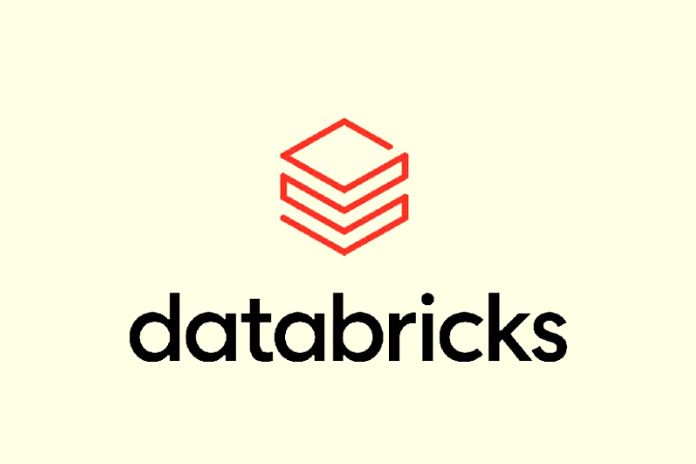Databricks: What It Is And What It Is For
Databricks is a cloud-based tool created to process and transform large amounts of data. Specifically, it allows you to explore data through analysis techniques such as Data Engineering, Machine Learning and Artificial Intelligence, offering companies the possibility of converting Big Data into valuable information to influence business strategies. This technology, therefore, represents a fast, reliable, scalable and easy-to-use working environment for all professionals who want to create machine-learning models. It is based on distributed Cloud Computing environments such as Azure, Google Cloud or AWS, making it easier to run applications on CPU or GPU.
The Databricks platform is also rated 100 times faster than Apache Spark, is a great tool to improve innovation and development, and offers features to increase security. How does it work? Through the platform, enterprises store large amounts of data in data warehouses or lakes: by incorporating a lakehouse architecture that provides data warehousing capabilities to a data lake, you eliminate unwanted data silos and provide data teams with a single data source. Thanks to SparksSQL, it is possible to obtain valuable information, create active connections to visualization tools such as Power BI, Qlikview and Tableau and create predictive models and interactive displays.
What Is Data Analytics?
Databricks aims to facilitate and optimize Data Analytics, i.e. data analysis activities, particularly Big Data. What is it specifically? The first step that a company must take is to collect all potentially helpful information using the sources at its disposal. Once the data has been collected, it is essential to process it to create valuable reports that companies can use for various purposes. This is where analysis comes into play, essential for reorganizing information in a schematic and contextualized way. To do this, software, specific services and infrastructural resources are used.
Companies can draw important strategic conclusions and discover new and original insights using correct and practical Big Data Analytics. Strategies can be outlined in a more structured and aware way and act more intelligently and more efficiently by proposing only what can satisfy customers and bring profits. Furthermore, data storage costs are significantly reduced, and it is possible to react promptly to any unforeseen event or emergency. You can better understand what interests your reference target and identify which new products and services to develop and focus on to obtain almost inevitable results.
Azure Databricks, The Analytics Platform
Azure Databricks is the analytics platform that supports Databricks technology and is optimized for the Microsoft Azure cloud services platform. It is swift and collaborative and is based on Apache Spark. Thanks to the distributed data frame, it is possible to obtain detailed information from a company’s data and obtain Artificial Intelligence solutions by configuring and resizing the Apache Spark environment (a collaboration between shared projects in a single interactive workspace is also beneficial). Azure Databricks effectively supports Scala, Python, Java, R and SQL and data science frameworks and libraries such as PyTorch, TensorFlow and sci-kit-learn. Specifically, with Azure Databricks, you can:
- And process massive amounts of data for streaming and batch workloads.
- Examine all data and facilitate data science activities in large datasets.
- Have access to the advanced and automated features offered by Azure Machine Learning, programmed to quickly identify suitable algorithms, simplify management, monitor activities and update Machine Learning models deployed from the Cloud.
Azure Databricks can also modernize the data warehouse in the Cloud environment and transform and clean the data to be available for analysis with Azure Synapse Analytics. The goal is to make it possible to combine even large amounts of data to acquire detailed information thanks to operational reports and analytics dashboards.
The Three Azure Development Environments
There are three development environments that Azure Databricks offers for data-intensive applications:
- Databricks SQL is a platform particularly suitable for Data Analysts who want to execute SQL queries in the data lake, create various graphs and visual tools to analyze the query results better and create and share dashboards.
- Databricks Data Science & Design: it is, to all intents and purposes, an interactive workspace with which Data Analysts, Data Engineers, Data Scientists and Machine Learning experts can collaborate. How does it work? Data is ingested through Azure Data Factory and into a data lake for long-term, definitive storage in Azure Blob Storage or Azure Data Lake Storage. With Azure Databricks, you can read data from multiple sources and transform them into valuable information through Spark.
- Databricks Machine Learning: An end-to-end machine learning environment built on an open data lake house architecture. It allows you to prepare and process data, optimize collaboration between teams and standardize the entire Machine Learning lifecycle, from experimentation to production.
Getting Started With Data Bricks, Tricks And Tips
Now let’s see some practical and effective advice, helpful in approaching Databricks technology in the best possible way:
- Use larger clusters: Using large clusters for a workload is much faster than using small clusters. It also does not involve any additional costs.
- Using Photon: is a new, high-speed execution engine offered by Databricks.
- Cleaning configurations: Transferring configurations from one version of Apache Spark to the next can cause significant problems, so it is important to always clean up before proceeding.
- Use delta caching: Always make sure you are using caching correctly.
- Create a library: Having your libraries where you can read and write data reduces code duplication, ensures consistency, allows you to implement validation rules, and hides code that can appear messy.
Also Read: Customer Care: What It Is, What It Does, And Examples

